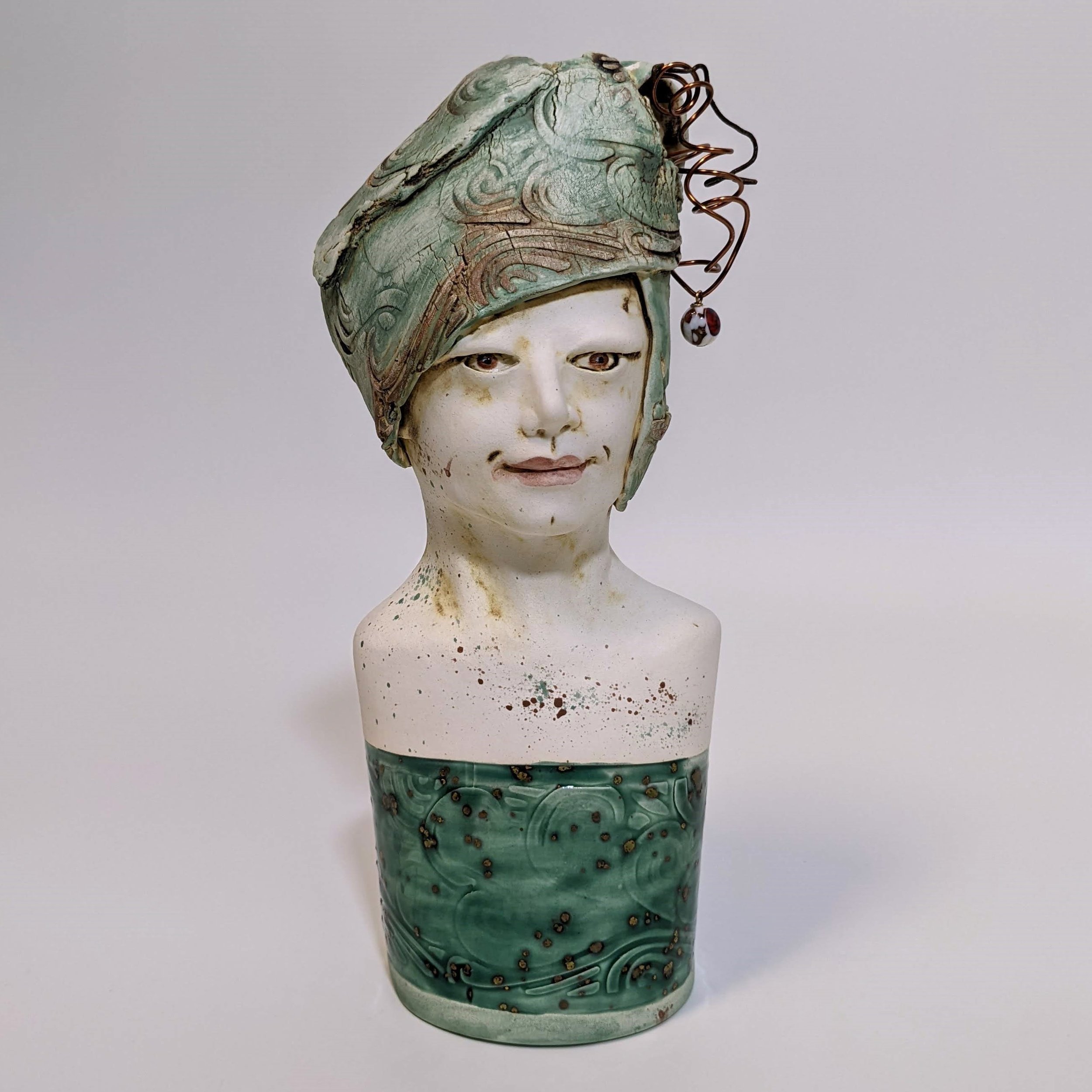The Jasper Project has been delighted to include the work of two former visual arts educators, Marion Mason and Ginny Merritt, as well as that of Lucy Bailey and Judy Sellers in out Sidewalk Gallery at the Meridian Building on Washington and Sumter Streets in Downtown Columbia this spring.
About his work, Marion Mason says, “I am a visual artist who taught high school Art for
forty-two years. I earned the Bachelor of Arts Degree in studio art (sculpture concentration) from the University of South Carolina, and the Master of Fine Arts Degree (in sculpture) from the University of Georgia. In addition, I earned the Master of Education
(adult & community education) from Carolina. I began my 42 year HS Art teaching career as the artist-in-residence, and on-site coordinator, at the former Richland District One Artistically Talented and Gifted (ARTAG) High School Program. Currently I teach various visual arts courses and serve as the Fine Arts Department Head at White Knoll High School.
Since retiring from teaching in January, 2019, I am now a full-time professional artist again, and exhibit and sell my sculpture, pendants and earrings. Over the years I have shown and won awards at many local, state, regional, and national competitive and invitational exhibits.”
According to Ginny Merett, “My collage work shows the deconstruction of beauty and an escape from reality inspired by stylish women in my life and around the world. I am nostalgic about family gatherings, women’s fashion in the early 1900’s and by personalities I meet day to day. My focus is on taking parts and pieces from current-day media to create present moments, social commentary, and new personalities. My art has been shown in solo and group exhibits at 701 Whaley Hallway: community art gallery, Stormwater Studio, ArtFields, Koger Center for the Arts, the Jasper Project, USC’s McMaster Gallery, SC State Library and Fair, and other local venues like Sound Bites Eatery, Trustus Theater, She Festival, Cottontown Art Crawl and Melrose Art in the Yard. Her work is published in the Jasper Project’s Jasper Magazine Spring 2019 and Fall 2022 editions, and in Sheltered: SC Artists Respond During the 2020 Pandemic; and in Bullets and Band-Aids, Vol. 3.”














